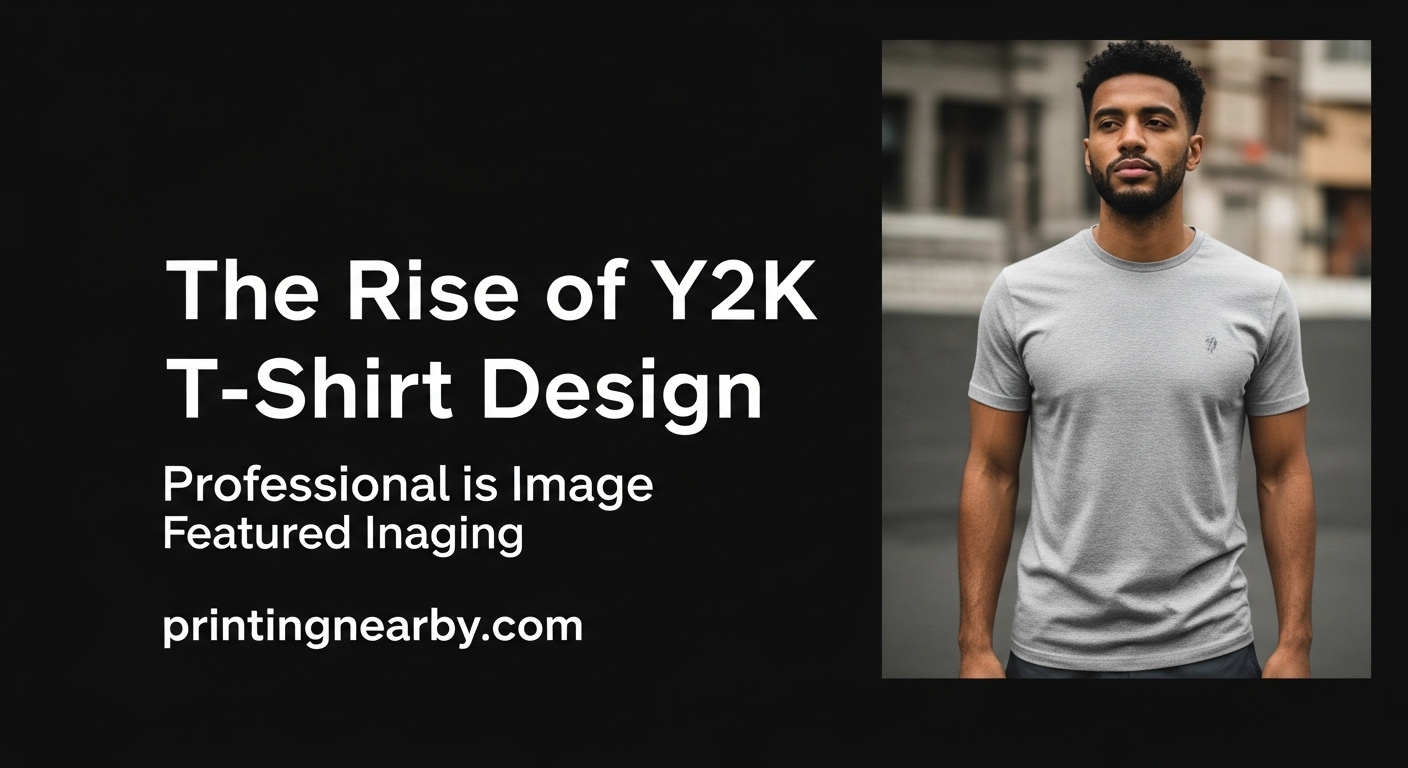
T-shirt printing has come a long way from traditional screen methods to today’s cutting-edge digital technologies. In 2025, innovation is transforming the way small businesses, designers, and hobbyists produce custom apparel—from faster workflows to more sustainable options and smarter tools.
This guide explores the latest t-shirt printing techniques and technologies shaping the future, helping you stay ahead whether you run a clothing brand, print shop, or creative side hustle.
1.T-Shirt Printing Techniques and Technologies

2. Direct-to-Film (DTF) Printing: Fast, Flexible, and Growing Fast
DTF printing is quickly becoming a favourite for its ability to print on a wide range of fabrics with vibrant detail.
- Prints onto special film, then heat-transferred to garments
- Works on cotton, polyester, blends, and even dark fabrics
- Great for small businesses thanks to low setup costs
Example: A home-based business can produce professional-quality prints on demand using a compact DTF setup.
3. Eco-Friendly Water-Based Inks: Sustainability Meets Style
Consumers and creators alike are prioritizing eco-conscious printing. Water-based inks are non-toxic and soak into fabric for a soft, breathable finish.
- Best for light fabrics (especially cotton)
- Great for soft-touch, vintage-style prints
- Requires precise humidity control for optimal performance
4. Hybrid DTG + DTF Printers: All-in-One Solutions
New hybrid machines combine the strengths of DTG (Direct-to-Garment) and DTF printing, giving print shops more versatility in one unit.
- Switch between DTG and DTF depending on fabric or design
- Reduce investment in multiple machines
- Boost workflow efficiency and print options
5. Sublimation Printing: All-Over Vibrant Colour
Sublimation remains a top choice for polyester garments and performance wear, especially for all-over printing.
- Dye bonds with fabric for permanent, vibrant color
- Best on white/light polyester fabrics
- Fade-resistant, breathable, and long-lasting
Example: Sportswear brands love sublimation for its durability and ability to produce full-coverage, custom uniforms.
6. UV DTF Printing: Custom Prints on Hard and Soft Surfaces
UV DTF (UV Direct-to-Film) is pushing the limits beyond fabric, allowing detailed prints on hard goods and garments alike.
- Uses UV light to cure ink printed onto a film
- Transfers to surfaces like glass, metal, plastic—and fabric
- Highly durable and scratch-resistant
7. Automation in Screen Printing: Smarter, Faster, More Precise
Screen printing isn’t going away—it’s getting smarter. Auto carousel machines and AI-based ink control systems are modernizing this traditional method.
- Speeds up large-volume production
- Reduces human error and ink waste
- Boosts consistency for complex multi-color jobs
8. AI-Powered Design and Workflow Tools
Artificial intelligence is simplifying the creative and production process—from generating artwork to managing print queues.
- AI design tools for mockups, vector tracing, or color separation
- Smart RIP software improves DTG and DTF output quality
- Predictive analytics for order forecasting and inventory planning
9. Mobile-Friendly Design Platforms: Empowering Customers
Consumers want customization—and mobile-first design tools make it easy to create their own shirts from anywhere.
- Integrate tools like Printify, Gelato, or Canva into your website
- Offer real-time mockups for faster purchase decisions
- Works well for print-on-demand (POD) businesses
Example: POD shops let customers create and preview shirt designs on their phones, then print on demand.
10. Sustainable Printing Trends: From Recycled Blanks to Zero-Waste Workflows
Eco-consciousness is more than a trend—it’s an industry shift. Beyond inks, sustainability now includes fabric sourcing, packaging, and energy usage.
- Recycled or organic t-shirt blanks are in demand
- Waterless printing and biodegradable inks are emerging
- Zero-waste policies reduce excess materials
10. Smart Heat Presses: Precision Meets Productivity
Modern heat presses now feature digital pressure control, auto-open features, and temperature precision—perfect for growing operations.
- Ensures consistency for vinyl, DTF, or heat transfers
- Minimizes operator fatigue
- Connects to software for print queue management
Example: Small shops improve quality control and speed with smart heat presses and pre-set profiles.
Final Thoughts
As the demand for custom apparel rises, the printing industry is embracing smarter, faster, and more sustainable solutions. From DTF and UV printing to AI design tools and hybrid machines, the future is full of exciting innovations that make t-shirt printing more accessible and profitable than ever.
Frequently Asked Questions (FAQs)
1. What are the latest innovations in the printing industry?
Technologies like Direct-to-Film (DTF), 3D printing, and AI-driven automation are transforming how printing is done in 2025.
2. How is 3D printing changing the future of manufacturing?
3D printing allows for faster prototyping, custom product design, and reduced material waste across industries.
3. What is the role of AI in modern printing?
AI is improving print accuracy, automating workflows, and helping businesses reduce errors and optimize production.
4. Are sustainable printing methods gaining popularity?
Yes, eco-friendly inks, waterless printing, and recyclable materials are in high demand due to growing environmental awareness.
5. Will traditional printing methods still be relevant?
Absolutely. Techniques like screen printing remain effective, especially for bulk orders, but may evolve with tech integration.
6. What industries will benefit most from new printing technologies?
Apparel, packaging, healthcare, and manufacturing are seeing major gains from innovations in speed, detail, and customization.
How can small businesses adapt to printing trends?
Start by investing in versatile equipment like DTF or UV printers, and stay updated on industry software and automation tools.



